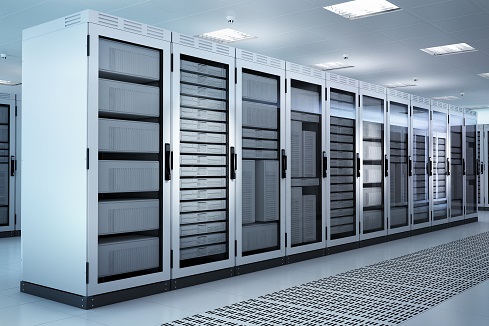The Staying Power of Legacy Systems
Several years ago, I was working with a cloud services company in the oil and gas sector. The company’s CEO recounted to me how his company had begun its commercial cloud service with Intel-based generic servers because of simple economics: You could purchase generic commodity servers with Intel processors at cheaper prices, and it was a great starting point for a new business.
Unfortunately, the company soon discovered that it couldn’t guarantee 24/7 availability to its demanding oil and gas sector customers. Worse yet, its vendor wasn’t demonstrating a sense of urgency whenever a system problem surfaced.
The solution?
“As strange as it might seem, we migrated our environment away from these servers, and opted instead to run our Linux systems on an IBM mainframe, even though we didn’t use the IBM native zOS operating system itself,” said the CEO. “The mainframe-resident systems were able to deliver the five nines uptime we were promising our customers, and when we had problems, the vendor’s support was swift and responsive.”

It’s not an isolated story. Legacy systems have staying power—whether they are IBM or Unisys mainframes, or other established legacy hardware and software solutions that have been delivered This gives enterprises the best of both worlds: innovative solutions from new vendors, and new choices in legacy systems that faithfully keep running and refuse to die.
